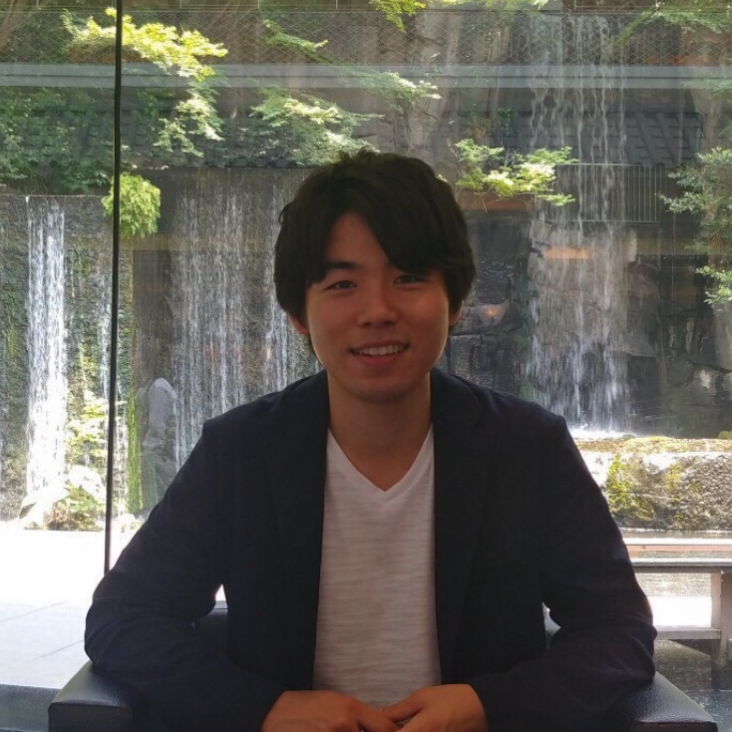Realising a species-selective double well with multiple-radiofrequency-dressed potentials
Abstract:
Techniques to manipulate the individual constituents of an ultracold mixture are key to investigating impurity physics. In this work, we confine a mixture of hyperfine ground states of 87Rb atoms in a double-well potential. The potential is produced by dressing the atoms with multiple radiofrequencies. The amplitude and phase of each frequency component of the dressing field are controlled to independently manipulate each species. Furthermore, we verify that our mixture of hyperfine states is collisionally stable, with no observable inelastic loss.Applying machine learning optimization methods to the production of a quantum gas
Abstract:
We apply three machine learning strategies to optimize the atomic cooling processes utilized in the production of a Bose–Einstein condensate (BEC). For the first time, we optimize both laser cooling and evaporative cooling mechanisms simultaneously. We present the results of an evolutionary optimization method (differential evolution), a method based on non-parametric inference (Gaussian process regression) and a gradient-based function approximator (artificial neural network). Online optimization is performed using no prior knowledge of the apparatus, and the learner succeeds in creating a BEC from completely randomized initial parameters. Optimizing these cooling processes results in a factor of four increase in BEC atom number compared to our manually-optimized parameters. This automated approach can maintain close-to-optimal performance in long-term operation. Furthermore, we show that machine learning techniques can be used to identify the main sources of instability within the apparatus.Probing multiple-frequency atom-photon interactions with ultracold atoms
Abstract:
We dress atoms with multiple-radiofrequency fields and investigate the spectrum of transitions driven by an additional probe field. A complete theoretical description of this rich spectrum is presented, in which we find allowed transitions and determine their amplitudes using the resolvent formalism. Experimentally, we observe transitions up to sixth order in the probe field using radiofrequency spectroscopy of Bose-Einstein condensates trapped in single- and multiple-radiofrequency-dressed potentials. We find excellent agreement between theory and experiment, including the prediction and verification of previously unobserved transitions, even in the single-radiofrequency case.Inelastic collisions in radiofrequency-dressed mixtures of ultracold atoms
Abstract:
Radiofrequency (RF)-dressed potentials are a promising technique for manipulating atomic mixtures, but so far little work has been undertaken to understand the collisions of atoms held within these traps. In this work, we dress a mixture of 85Rb and 87Rb with RF radiation, characterize the inelastic loss that occurs, and demonstrate species-selective manipulations. Our measurements show the loss is caused by two-body 87Rb+85Rb collisions, and we show the inelastic rate coefficient varies with detuning from the RF resonance. We explain our observations using quantum scattering calculations, which give reasonable agreement with the measurements. The calculations consider magnetic fields both perpendicular to the plane of RF polarization and tilted with respect to it. Our findings have important consequences for future experiments that dress mixtures with RF fields.Non-equilibrium dynamics in two-dimensional quantum systems
Abstract:
The understanding and precise prediction of non-equilibrium quantum many-body dynamics, in particular across a critical point, remains a difficult task due to the relevance of all length scales near the critical point. Furthermore, the number of parameters required to characterise the state of the system increases exponentially with the number of particles, making the numerical investigation of such a system extremely difficult.
In this thesis, we use ultracold 87Rb atoms prepared in a bilayer two-dimensional (2D) trap to probe the Berezinskii-Kosterlitz-Thouless (BKT) phase transition in detail, both in and out of equilibrium. These experiments use a multiple-radiofrequency dressed trap, which allows dynamical control of the trapped atoms as well as the precise determination of the many-body wavefunction. For the characterisation of the 2D Bose gases using matter-wave interferometry, a novel technique was developed to obtain high contrast fringes by selective imaging of slices of the atomic cloud. This allows the observation of local fluctuations, such as phase correlation function, local vortex density and coherence full counting statistics. Utilising these observables, we have identified the BKT critical point and characterised microscopic features of harmonically-trapped 2D Bose gases in equilibrium. With this information about the system, we probe the non-equilibrium dynamics of 2D Bose gases following a quench across the BKT critical point. The system is quenched by a coherent splitting, which introduces a sudden reduction of density resulting in the quench from the superfluid to the thermal phase. We monitor the dynamics towards the vortex-proliferated state and find that the vortex-unbinding dynamics is well described by the real-time renormalisation group theory. Finally, we show preliminary results for a tunnel-coupled bilayer 2D gas, in which we probe the oscillations of the relative phase of the two layers of the superfluid.
The results presented in this thesis demonstrate that the multiple-RF dressing technique is a very powerful tool for investigating quantum many-body phenomena. This paves the way for future studies of non-equilibrium critical dynamics and their description with renormalisation-group theory.


